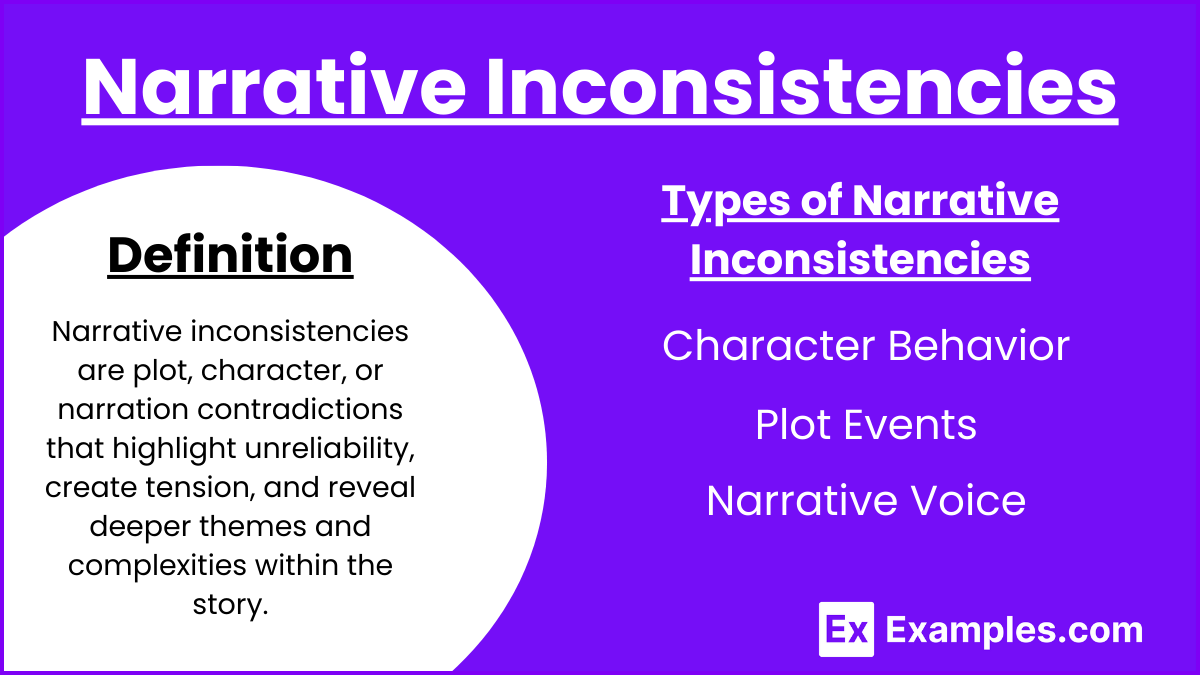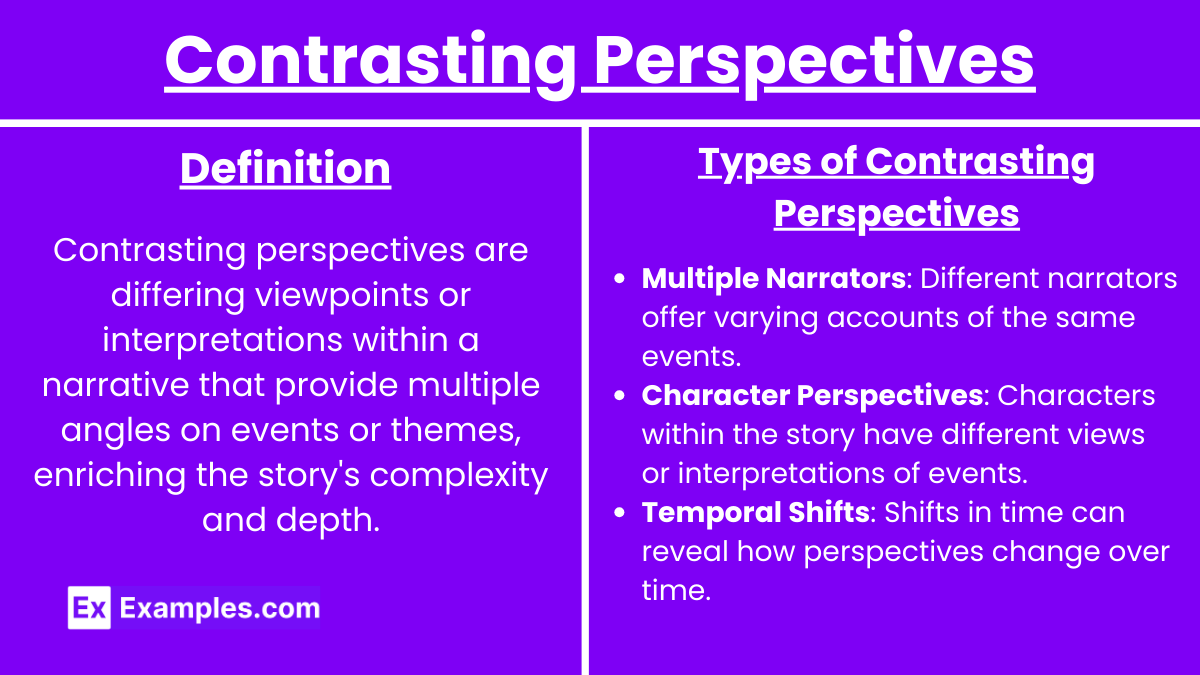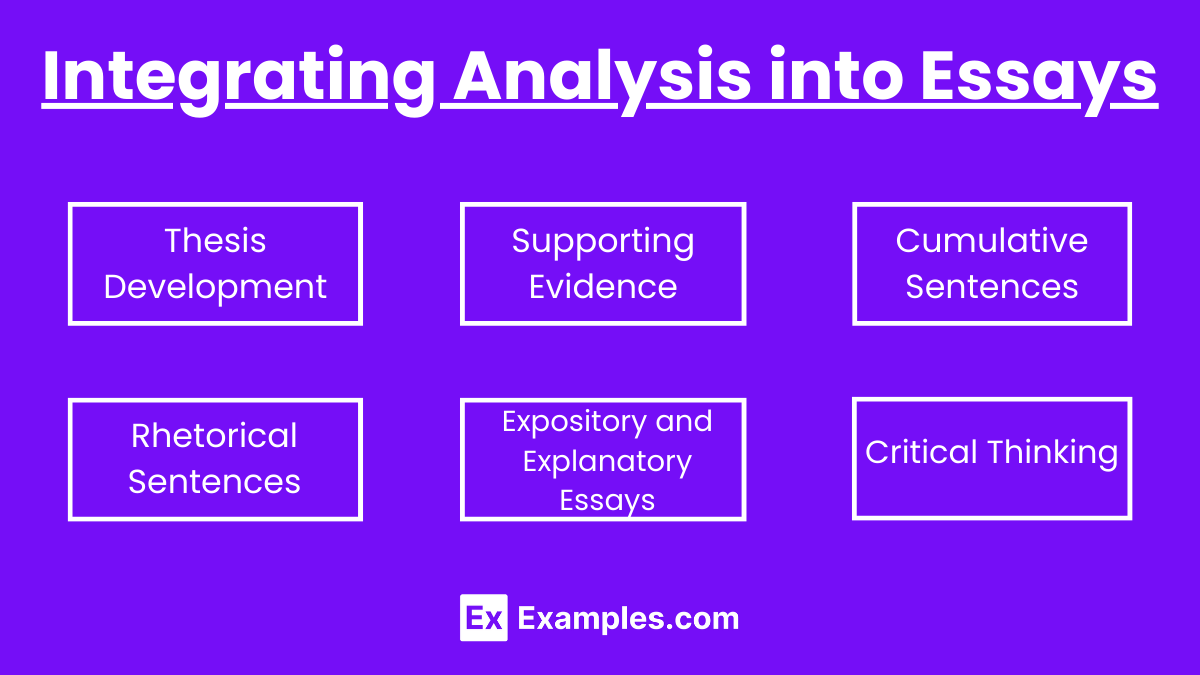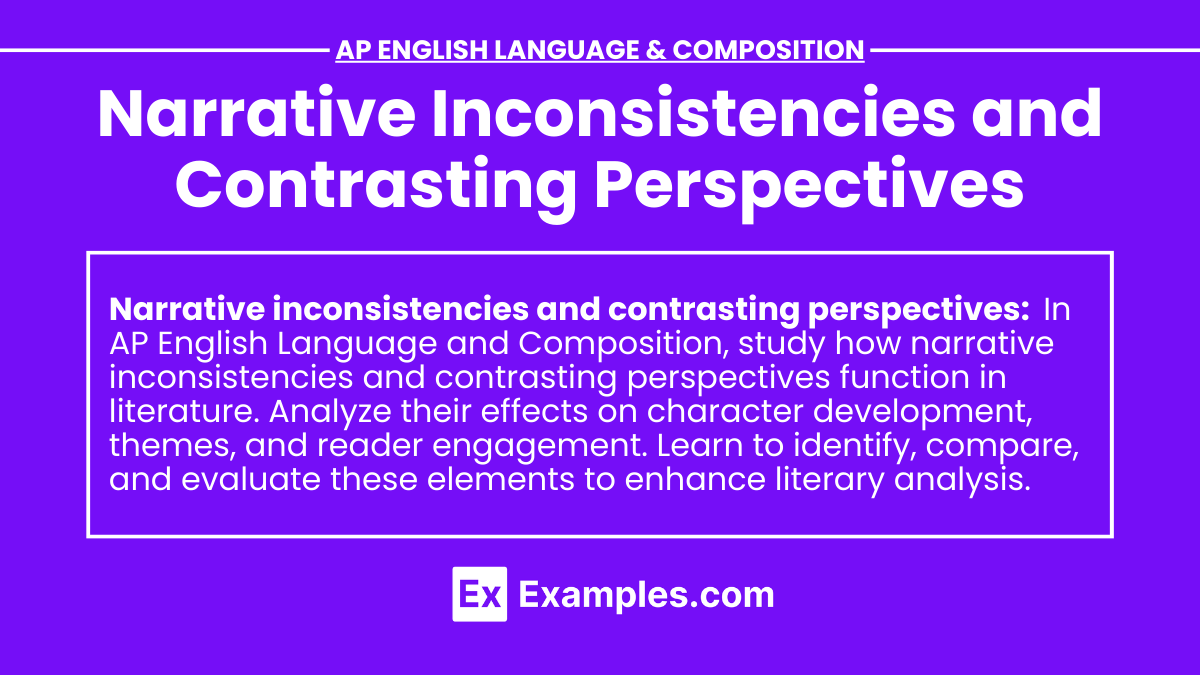In AP English Language and Composition, analyzing narrative inconsistencies and contrasting perspectives is essential for crafting insightful rhetorical sentences and cumulative sentences that enhance both argumentative speech and argumentative writing. These elements add complexity to texts, revealing deeper themes and engaging readers in critical thinking. By understanding how authors use inconsistencies and multiple viewpoints, students can develop nuanced arguments and persuasive essays that demonstrate a sophisticated grasp of narrative techniques, which is crucial for excelling in the AP exam.
Learning Objectives
The learning objectives for analyzing narrative inconsistencies and contrasting perspectives in AP English Language and Composition include using cumulative sentences to build detailed and layered analyses, crafting clear explanatory essays and expository essays that explore these narrative elements, employing rhetorical sentences to enhance persuasive writing, developing a strong final thesis statement that incorporates analysis of inconsistencies and perspectives, and applying critical thinking to evaluate and interpret the significance of these techniques in literature.
Narrative Inconsistencies

- Definition: Narrative inconsistencies occur when there are contradictions or discrepancies within the story or between different parts of the narrative.
- Purpose: They can highlight unreliability, create tension, and reveal complex character traits or themes.
- Types of Narrative Inconsistencies:
- Character Behavior: When a character acts in ways that contradict their established personality or motives.
- Example: In “Hamlet,” Hamlet’s vacillation between action and inaction can be seen as a narrative inconsistency that underscores his internal conflict.
- Plot Events: When events in the story contradict each other or previous events.
- Example: In “Wuthering Heights,” some events and timelines are inconsistent, adding to the novel’s complexity and gothic atmosphere.
- Narrative Voice: When the narrator’s account of events changes or contradicts itself.
- Example: In “The Turn of the Screw,” the governess’s reliability is questionable, creating ambiguity about the reality of the ghosts.
- Character Behavior: When a character acts in ways that contradict their established personality or motives.
- Analyzing Narrative Inconsistencies:
- Identify the Inconsistencies: Look for contradictions in character behavior, plot events, or narrative voice.
- Consider the Purpose: Analyze why the author might have included these inconsistencies. Are they intentional? Do they add depth or complexity?
- Impact on Themes: Reflect on how these inconsistencies contribute to the overall themes of the text.
- Reader Engagement: Think about how inconsistencies affect the reader’s interpretation and engagement with the story.
Contrasting Perspectives

- Definition: Contrasting perspectives occur when different characters or narrators provide differing views or interpretations of the same events or themes.
- Purpose: They enrich the narrative by offering multiple viewpoints, highlighting subjective interpretations, and emphasizing themes of ambiguity and complexity.
- Types of Contrasting Perspectives:
- Multiple Narrators: Different narrators offer varying accounts of the same events.
- Example: In “As I Lay Dying” by William Faulkner, multiple narrators provide different perspectives on the Bundren family’s journey.
- Character Perspectives: Characters within the story have different views or interpretations of events.
- Example: In “To Kill a Mockingbird,” Scout and Atticus Finch have different understandings of justice and morality.
- Temporal Shifts: Shifts in time can reveal how perspectives change over time.
- Example: In “Beloved” by Toni Morrison, the narrative shifts between past and present to show how characters’ perspectives evolve.
- Multiple Narrators: Different narrators offer varying accounts of the same events.
- Analyzing Contrasting Perspectives:
- Identify the Perspectives: Note the different viewpoints presented in the narrative.
- Compare and Contrast: Analyze how these perspectives differ and what each reveals about the characters or themes.
- Purpose and Effect: Consider why the author includes multiple perspectives and how they enhance the narrative.
- Thematic Connections: Reflect on how contrasting perspectives contribute to the themes of the text.
Integrating Analysis into Essays

- Thesis Development:
- Example: “In ‘The Turn of the Screw,’ Henry James uses narrative inconsistencies and contrasting perspectives to create ambiguity and question the reliability of perception.”
- Supporting Evidence:
- Use quotations and detailed examples to support your analysis.
- Example: “The governess’s shifting accounts of the children’s behavior highlight her unreliable narration, adding to the story’s suspense and ambiguity.”
- Cumulative Sentences:
- Employ cumulative sentences to build detailed and nuanced analysis.
- Example: “As the narrative unfolds, the inconsistencies in the governess’s story, combined with the contrasting perspectives of other characters, create a sense of unease and uncertainty.”
- Rhetorical Sentences:
- Use rhetorical sentences to emphasize key points and enhance persuasiveness.
- Example: “How do these contrasting perspectives shape our understanding of truth in the narrative? They compel readers to question the very nature of reality.”
- Expository and Explanatory Essays:
- Structure essays to clearly explain how narrative inconsistencies and contrasting perspectives function in the text.
- Example: An expository essay on “Wuthering Heights” could explore how the novel’s narrative inconsistencies contribute to its gothic atmosphere.
- Critical Thinking:
- Apply critical thinking to evaluate the effectiveness of these elements.
- Example: Analyze how the multiple perspectives in “As I Lay Dying” enhance the reader’s understanding of each character’s motivations and the novel’s central themes.


